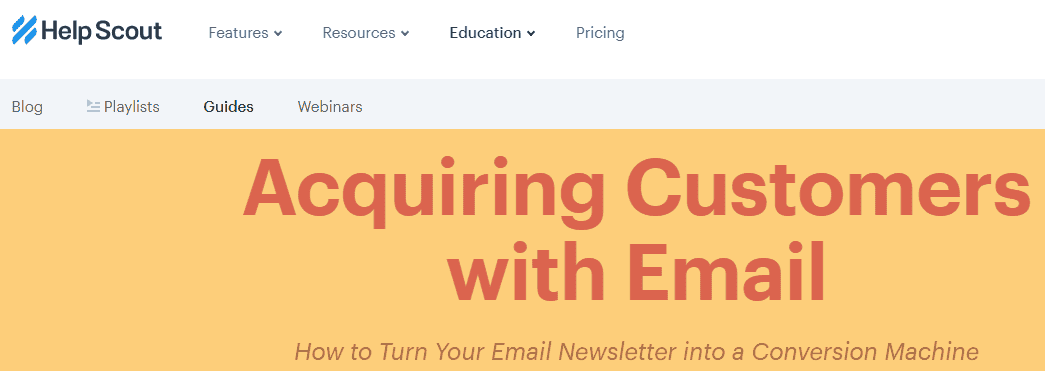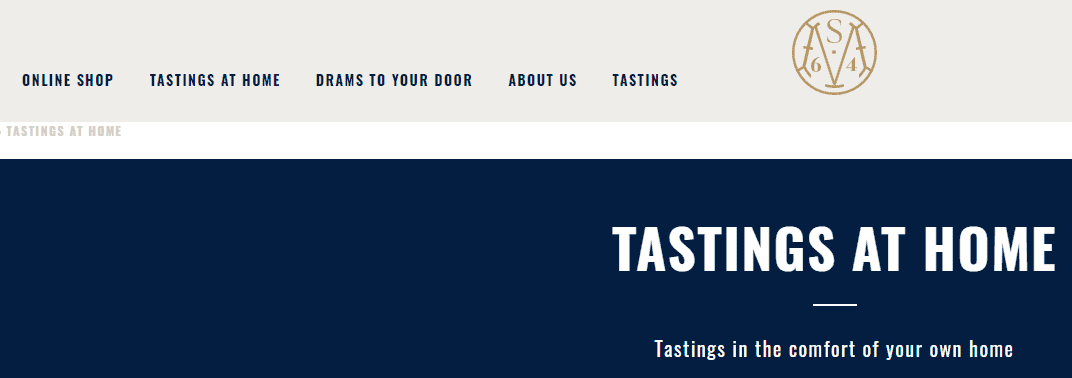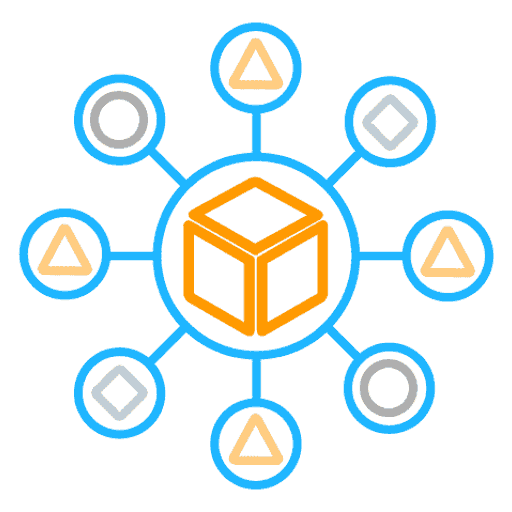
What is a Topic Cluster & How to Create One for SEO
Updated March 31, 2025
Topic clusters, also known as content hubs or pillar content, are a powerful SEO strategy designed to enhance user experience and significantly improve your website's visibility in search engines. By creating a structured network of interconnected content pages around a core pillar topic, you clearly demonstrate topical authority, align closely with Google's quality standards, and guide your audience smoothly through their buyer's journey.
In this guide, we'll explore exactly what topic clusters are, why they're important, and how to build and measure successful clusters.
Contents:
- Defining topic clusters
- Why topic clusters matter in SEO and UX
- How to create effective topic clusters
- Measuring the success of your topic clusters
- Ready to get started?
Defining topic clusters
Alright, what actually are topic clusters?
This is the definition I've been using for a while now:
“A topic cluster is a group of interlinked pages on a website which talk about different areas within the same topic.”
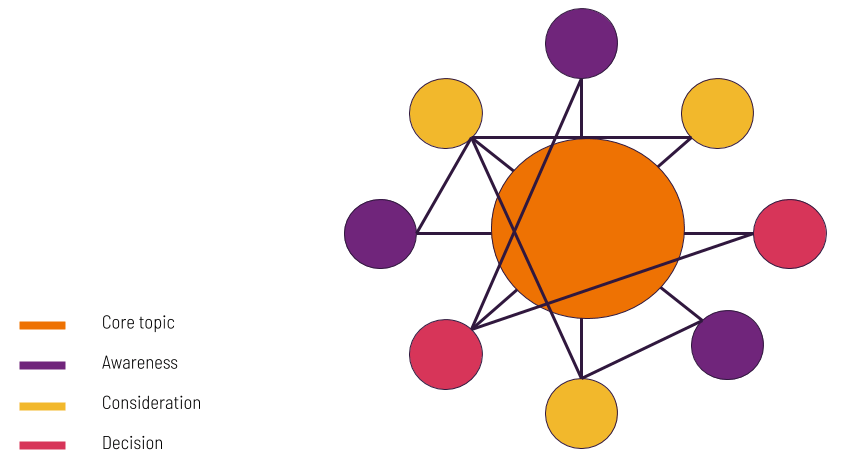
What is a pillar page?
Normally, a topic cluster has a 'core' page, also known as a pillar page. An evergreen page which will be about the short-tail keyword, the generalised subject. It covers a lot of aspects of a topic on a single page, with more in-depth information in the detailed cluster and target pages, which are linked to from the pillar page.
A good example of a pillar page is this page from Help Scout, talking you through 'Acquiring customers using email'.
What are cluster pages?
A cluster topic page for the topic cluster focuses on providing more detail for specific long-tail keywords, related to the main topic. They are informational pages. Normally, they are blog articles or FAQs, which are generally shorter articles which interlink between each other, where relevant, and also link back to the pillar page.
For example, this cluster page by HubSpot 'How to build free buzz for your business with a PR campaign' links to (and from) the pillar page about “Public Relations”.
What are target pages?
Similarly focusing on longer-tail keywords and answering questions, target pages are usually linked to decision stage content pieces. These tend to be product or services pages, where purchases can be made and contact with the business can be made.
This target page by Milroys gives you the option to buy whiskey tastings at home, with clear CTAs and ways to get in touch.
Why topic clusters matter in SEO and UX
So, we have pillar pages, cluster pages and target pages. Why? Well, let’s take a look at the buyer’s journey. Now, there is plenty of information about the buyer’s journey around, so if you want to really dig into that subject, head on over to Google.
Aligning with the modern buyer journey
In short, when we (anyone) buy something, we subconsciously go through several steps before we decide to purchase. From choosing to buy home-brand over another brand’s cereal to buying a car, we go through some steps to come to that decision.
Although the fundamentals of buyer journeys have largely remained consistent, the number of potential touchpoints within them have increased significantly over the past few decades. The two diagrams below show simplified examples of the touchpoints involved in typical buyer journeys then, and now.
Typical buyer journey 15 years ago:

Typical buyer journey now:

More often than not, buyer journeys consist of lots of different steps, doing research, looking for social validation and expertise from a company, but we tend to divide the buyer’s journey into these three steps:
- Awareness - the buyer realises they have a problem, but can maybe not quite formulate what the issue is yet.
- Consideration - the buyer defines their problem and researches options to resolve the issue.
- Decision - the buyer has chosen how they want to resolve the problem and are “ready to buy”, looking for comparisons, budgets and testimonials.
By creating different types of pages, to answer different types of questions, we can help people find the answers they’re searching for more easily. Whether the queries are very broad or very specific, how much information we want to share and what the goal of the page is, this all influences the type of page we create to make it as relevant as possible for the visitors to your website.
Enhancing Google's understanding of your content (E-E-A-T & Helpful Content)
The idea behind these pages, interlinking and offering information across the buyer’s journey, is that we create an internal infrastructure.
This internal infrastructure is useful for both the users and search engines crawling your website.
It’s important to keep your potential customer front of mind. Sure, we want pages to be ranked on that coveted top spot, but if your pages are riddled with internal links and CTAs, it might make the page hard to read. Thanks to thorough keyword research, you may be writing for search engines, but not for the people visiting your website. Think of your users first. Write really great, unique, content for them and fulfill the intent that they are seeking. In other words - Answer their actual questions.
Carolyn Lyden phrased it well during her talk at a Search & Content summit recently:
"In a time where the answers are at everyone’s fingertips, make sure that you are creating content for the users of your product, not for an imaginary audience (or yourself, or search engines)."
Structuring your content into topic clusters can help users. Once they are on your website to get their question answered, you can guide them to more, relevant, articles, becoming an expert on the topic and front of mind if or when they are ready to make a purchase.
In fact, algorithm updates like Google's expansion from E-A-T to E-E-A-T and ongoing updates such as the Helpful Content Update demonstrate Google's increased emphasis on firsthand experience and the usefulness of content. Topic clusters are an excellent strategy for clearly demonstrating topical authority and deep expertise, aligning directly with Google's standards for quality content.
Google introduced and repeatedly updated the Helpful Content system from 2022 onwards, emphasising content created primarily for users rather than search engines. This fundamentally impacts SEO content strategy, especially how topic clusters are used to build topical authority.
Implementing topic clusters supports Google's Helpful Content guidelines by systematically addressing user questions with comprehensive and interconnected content. By clearly signaling topical authority through structured interlinking, you enhance your chances of ranking higher and satisfying Google's expectation for genuinely useful, reader-focused content.
It’s important to make sure that the internal links are pointing to live and relevant pages, so regularly auditing your internal links (using a tool like Sitebulb) is important.
How to create effective topic clusters
Pivoting from keyword research to topic clusters
Keyword research is a well known way to create content strategies based on search volume and is certainly a good start to understand what people are searching for. Usually, keyword research is broken out into several tabs to keep track of the different core topics. And there you have it! You already have the start of topic clusters.
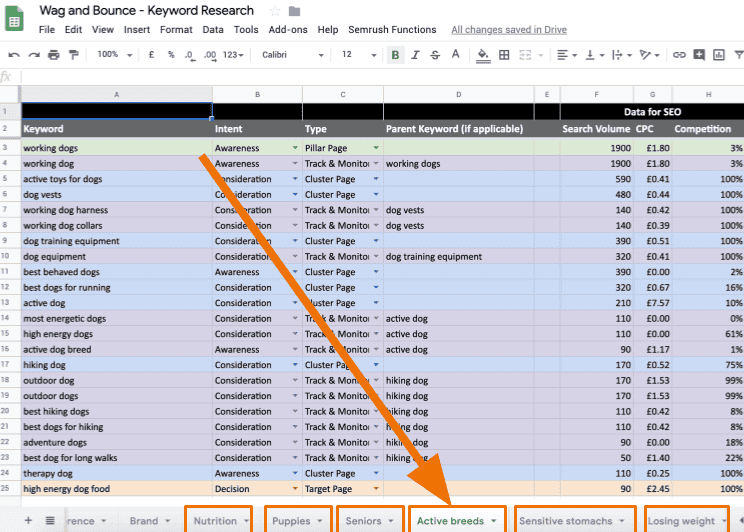
Those tab names, describing what topic queries are there, those are the basis of your pillar pages, your broad, general information. Divide the keywords you have in those tabs into informational cluster and target “buckets” and you can start seeing whether you have any gaps. No consideration stage content/queries for a certain subject? I’m sure you can find some relevant information to share!
Structuring URLs and navigation for optimal SEO
When you start implementing topics on your website, this is possibly easiest done making use of folders. So your topic pillar page will be: example.com/topic/ and your cluster pages may look like example.com/topic/cluster/ (or different for specific product pages, depending on your website’s structure).
Measuring the success of your topic clusters
To keep track of how your traffic changes, making sure you are sharing relevant information and have got it sorted from a technical point of view as well, keep this in mind:
Track your changes
Use your preferred analytics tool to annotate when topic cluster pages go live, to keep track of how traffic changes to your website. Categorising your topic clusters into topic folders, like described above, will also help you report on performance for specific topics.
Use Sitebulb
Doing regular audits of your internal links is one thing - but making sure you create hubs the way you are intending is another. Making use of Sitebulb’s Crawl Map visualisations, you can see exactly how search engines find pages AND how you have structured your website to ensure relevant pages are linking to one another.
Ready to get started?
Ready to build your own topic clusters? Begin by auditing your current content, identifying pillar topics that align closely with your business objectives. Then, map out relevant subtopics based on thorough keyword and audience research. Regularly assess your content performance, leverage tools like Sitebulb to visualise your internal linking structure, and adapt your strategy based on data-driven insights.
Keep answering questions. It’s honestly the best advice I can give you. Chat to the customer service team and business development team to understand which questions they get asked the most. Ask your customers how to improve what you share (by doing short surveys, or by talking to them). Use tools like Also Asked or Answer the Public to find further topics Google sees as relevant, based on your query.
Good luck! If you have any questions, feel free to hit me up over on Twitter or LinkedIn!
You might also like:

Sitebulb is a proud partner of Women in Tech SEO! This author is part of the WTS community. Discover all our Women in Tech SEO articles.

Maret is an inbound marketing consultant and founder of Mobe Digital. You might catch her speaking at the likes of BrightonSEO where she focuses on joining up technical and on-page SEO, with content, and marketing automation. When not poking around the internet, she does energetic stuff that puts us to shame, with her CBO, Bramble (who happens to be a spaniel pup).
Articles for every stage in your SEO journey. Jump on board.
Related Articles
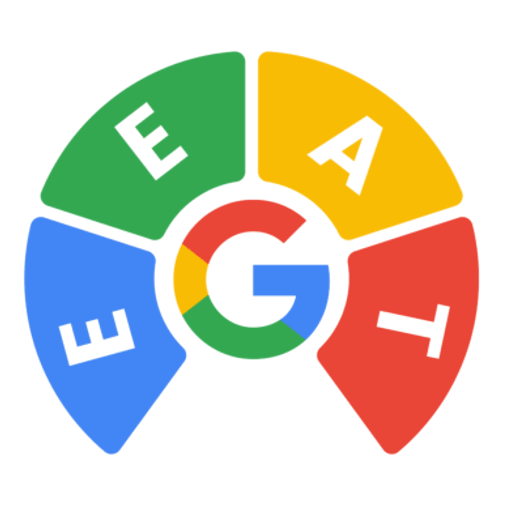 5 Steps to Enhance E-E-A-T for Better SEO Rankings
5 Steps to Enhance E-E-A-T for Better SEO Rankings
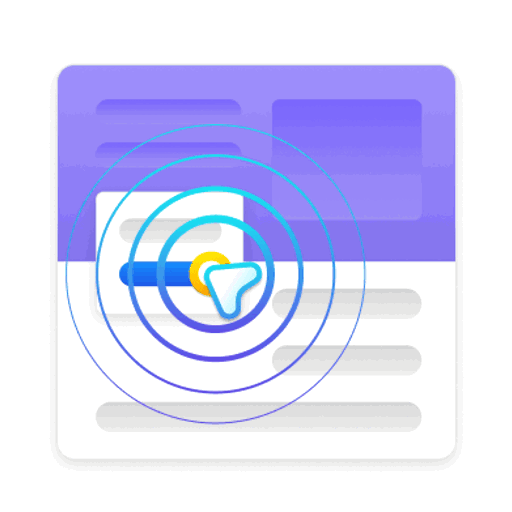 Beginners Guide to Landing Page SEO
Beginners Guide to Landing Page SEO
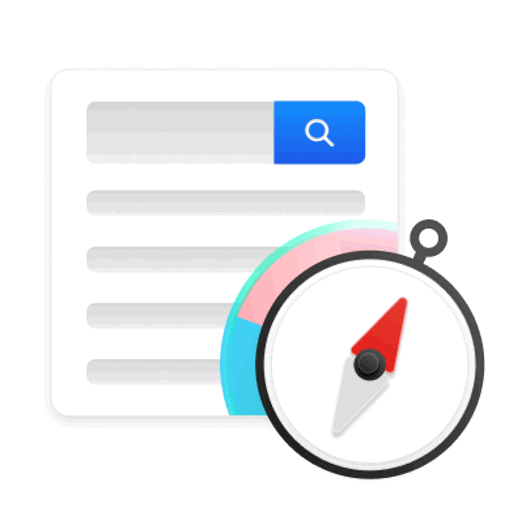 Navigating SERP Volatility With a Brand-Audience-First Approach
Navigating SERP Volatility With a Brand-Audience-First Approach
 Sitebulb Desktop
Sitebulb Desktop
Find, fix and communicate technical issues with easy visuals, in-depth insights, & prioritized recommendations across 300+ SEO issues.
- Ideal for SEO professionals, consultants & marketing agencies.
Try our fully featured 14 day trial. No credit card required.
Try Sitebulb for free Sitebulb Cloud
Sitebulb Cloud
Get all the capability of Sitebulb Desktop, accessible via your web browser. Crawl at scale without project, crawl credit, or machine limits.
- Perfect for collaboration, remote teams & extreme scale.
If you’re using another cloud crawler, you will definitely save money with Sitebulb.
Explore Sitebulb Cloud
 Maret Reutelingsperger
Maret Reutelingsperger
